#new zealand history
Text
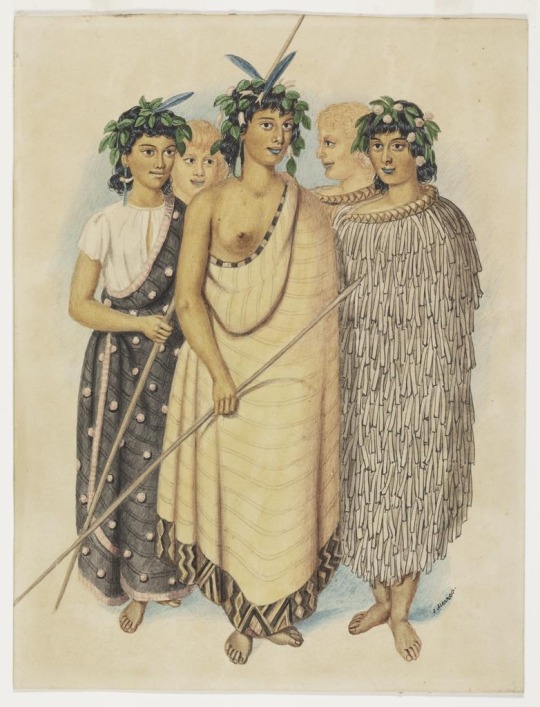
J. J. Merrit, Group of Māori Women (1850)
Watercolour, pen & ink on paper.
#J. J. Merrit#Group of Māori Women#1850s#1850#Maori#Māori#Aotearoa#New Zealand#Watercolour#pen#ink#drawing#painting#art#New Zealand History#Hocken Collection#Hocken#Hocken Library#my archive finds
15 notes
·
View notes
Text

ANZAC Day 2024
Today is ANZACDay – which honours the members of the Australian and New Zealand Army Corps (ANZAC) who served and died in all wars, conflicts, and peacekeeping operations.
#anzac day#least we forget#gallipoli#remember#remembrance#australian history#new zealand history#ww1#ww1 history#ww2 history#ww2#today on tumblr#winston churchill
4 notes
·
View notes
Text
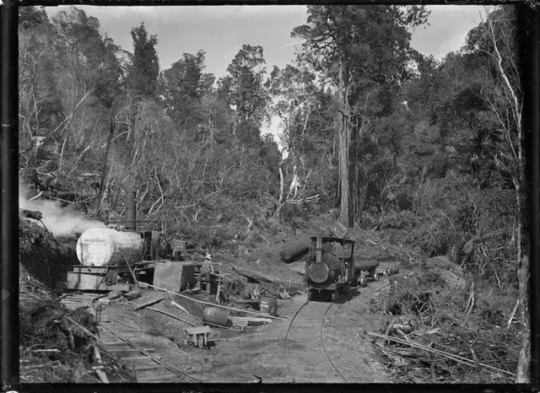
"Knight's tram, Raurimu", in a clearing in the bush, hauling logs
"Knight's tram, Raurimu", in a clearing in the bush, hauling logs.. Godber, Albert Percy, 1875-1949 :Collection of albums, prints and negatives. Ref: APG-1224-1/2-G. Alexander Turnbull Library, Wellington, New Zealand. /records/22677542
2 notes
·
View notes
Text
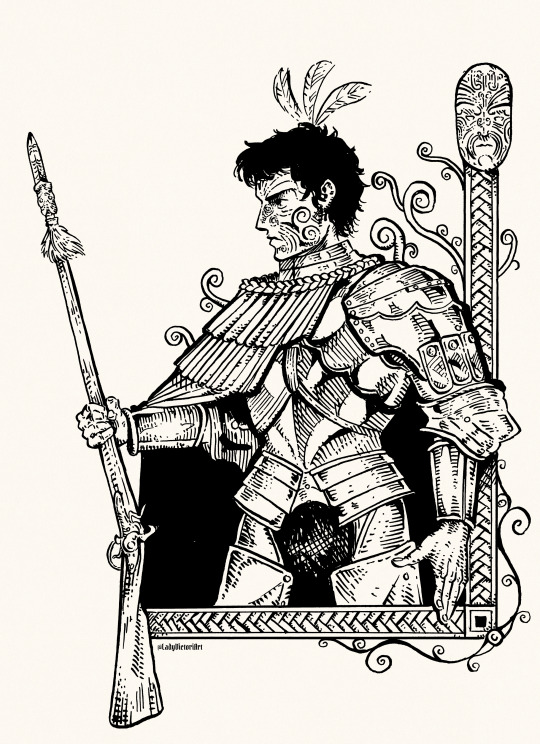
Portrait of Hongi Hika, Rangatira of Ngapuhi during the New Zealand Musket Wars
5 notes
·
View notes
Text
#nz#aotearoa#New Zealand#New Zealand politics#New Zealand history#nz history#honestly this isn’t the right target demographic for this joke but my dislike of Robert muldoon knows no bounds
14 notes
·
View notes
Text

Cutella, Italy. April 1944. Informal portrait of Lieutenant G. Lilienfeldt, one of the six South African pilots flying with the Desert Harassers No. 450 (Kittyhawk) Squadron RAAF in Italy. Note that he is smoking a pipe. Conflict: Second World War, 1939-1945. Source: www.awm.gov.au.
#handsome#vintagemen#pipesmoking#retro men#pipemen#vintage men#historic photo#military#male beauty#ww2 history#ww2 au#new zealand history#pilot
18 notes
·
View notes
Text

This is my great-great-grandpa, Peter Keith Ness (1876-1948). His parents were James Crighton Ness and Eliza Ness (born Gould), Eliza (1833-1934) being the head attendant at a 'lunatic asylum' named Millholme House in Musselburgh, Scotland, also being a midwife, and James (1832-1917) working there as an attendant and also carrying on his family's business as a shoemaker. They came to Auckland on a ship called the Siam in 1867 with James' son, David, from his previous marriage and Margaret, James and Eliza's first child. They came with William Stockwell, head surgeon at the asylum, the husband of the manageress, Marion Stockwell, after a promise of land in Piha, a rural area near the (then small) town of Auckland. Eliza gave birth to a son on the ship, who was promptly named after William, who aided him in his birth. After residing in Auckland for a short period of time, they moved to another block of land in Piha, where they had a few more children over the next few years.
I feel it important to say that Marion Stockwell had been in a marriage before William, and she had two sons from that first marriage named Charles Cowan and Peter Keith Cowan. They came along on the Siam, and Peter Keith Ness was (quite obviously) named after the second son. Peter Keith Ness was James and Eliza's last son and second to last child. He grew up in Piha, but was around 8 when he and his family moved to Grey Lynn, an inner suburb of Auckland. At the age of 11, he seriously injured his left arm in an accident with a tram, the arm being later amputated. Despite this, he was a very fast runner, and competed regularly in the handicap races. As you can see from the photograph, he also carried on his father's business as a shoemaker, making his own start-up company called Ness Champion Running Shoes. He married Agnes Janet Stent and they had 2 children, one being Francis James Ness, my great-granddad.
2 notes
·
View notes
Text

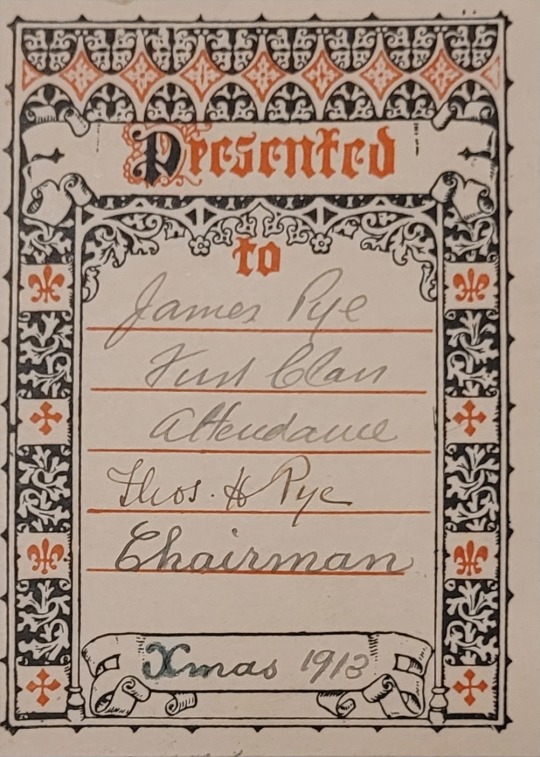

rather moldy copy of the 1913 australasian boy's annual that i picked up in an op shop down south last summer. the plate in the front says it was presented to one James Pye for 'first class attendance' at christmas of 1913.
#attendance to what i don't know#possibly scouts due to the fleur de lis motif but could also just be a school... though chairman seems more scouting#also the chairman has the same last name .. maybe a brother#cool piece of history for $10 anyways#boy's annual#annual#australian history#new zealand history#australasian history#australian books#1910s#10s#vintage books#antique books#old books
6 notes
·
View notes
Text
Elizabeth McCombs
Elizabeth McCombs was born in 1873 in Kaiapoi, New Zealand. McCombs was elected to the Christchurch City Council in 1921. During her time on the council, she chaired the electricity committee and helped secure Christchurch the lowest domestic electricity prices in the country. In 1933, McCombs became the first woman elected to the New Zealand Parliament. As an MP, she advocated on behalf of women and the unemployed.
Elizabeth McCombs died in 1935 at the age of 61.
7 notes
·
View notes
Text

Richard Seymour Kelly, Dunedin (1862)
Perspective from the zig-zag on Graham St, between High and McLaggan Streets.
Before I bought my home, I flatted above the quarry seen in this image and walked down the pathway almost daily, crazy seeing this space as it was 162 years ago, and what has changed and what hasn't.
#Richard Seymour Kelly#Richard Kelly#art#illustration#Dunedin#Otepoti#Otago#New Zealand#Aotearoa#1860s#1862#painting#Hocken#Hocken Collection#Historic Art#New Zealand History#Victorian#victorian era#victorian art#my archive finds
10 notes
·
View notes
Text
Review: Maori Myths and Legendary Tales - by A.W.Reed
Review: Maori Myths and Legendary Tales – by A.W.Reed
My mother is from New Zealand so therefore I’m half Kiwi. This book explores some of the Maori Myths and legends that existed mainly in oral tradition before the arrival to Aeteorora of the White European Pakeha settlers. The Maori history goes back to their ancient homes in other Polynesian Islands. The Maori heroes include Mataoroa, Niwareka, Maui, Tawhaki, Rupe, Rata and Tinirau. There are…
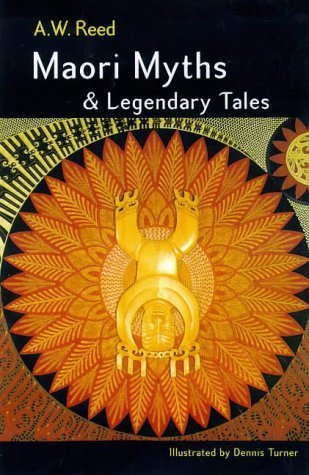
View On WordPress
#aeoteoroa#birds#folklore#Maori#Maori folklore#maori history#maori myths#maori religion#Mataroa#Maui#New Zealand#new zealand history#Niwareka#pakeha#Polynesia#Rata#religion#Rupe#Tawhaki#Tinirau#whales#Whare
3 notes
·
View notes
Text
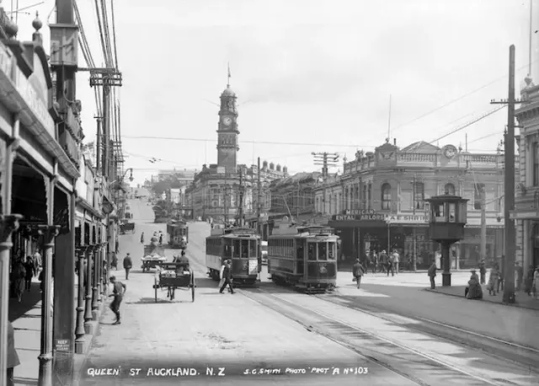
Queen Street, Auckland
Queen Street, Auckland. Smith, Sydney Charles, 1888-1972: Photographs of New Zealand. Ref: 1/2-046200-G. Alexander Turnbull Library, Wellington, New Zealand. /records/22365578
1 note
·
View note
Text
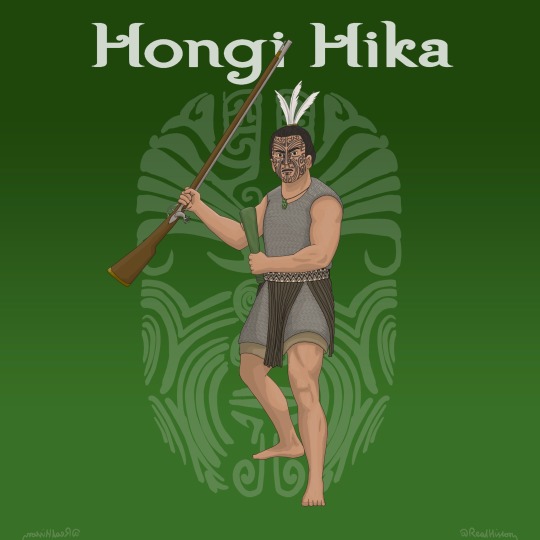
Hongi Hika was a Māori rangatira (chief) and one of the most famous warriors in the history of New Zealand.
He was born in 1772 into the Ngāpuhi iwi, or tribe, which inhabited the Northland Peninsula in the far north of New Zealand’s North Island.
Like most Māori iwi, for the Ngāpuhi warfare against the neighbouring tribes was a part of life. Hongi Hika certainly grew up entered adulthood amidst this warrior culture.
However, it wasn’t until his mid-30s that Hongi gained prominence among his people.
In 1806, the Ngaāpuhi launched a major attack on the neighbouring Ngāti Whātua. At the Battle of Moremonui, the Ngāpuhi were decisively defeated. Only a few escaped, Hongi among them. This battle is also notable because it was the first occasion that European muskets were used by Māori in battle, kicking off the period of rampant intertribal warfare known as the Musket Wars.
Though the few Ngāpuhi musketeers had been overrun and killed, the battle nonetheless impressed upon Hongi the potential of the new weapons when used with proper training, sufficient numbers and effective tactics.
In the aftermath of the defeat, Hongi became the war leader of the Ngāpuhi. He saw the value of trade with the Europeans, especially in muskets.
The Ngāpuhi controlled the strategic Bay of Islands, where most European ships first arrived in New Zealand. Hongi used this to his advantage by encouraging exchange with European sailors and settlers and provided protection for the earliest missionaries in the North Island, though they appear to have experienced a profound lack of success in converting the Māori for the first few decades.
In 1814, Hongi and his nephew sailed to Sydney to strengthen ties with European traders and missionaries. Hongi used the opportunity gather information about European military tactics and acquired muskets and ammunition.
With each passing year, trade through the Bay of Islands only increased. The use of European agricultural tools and techniques increased the productivity of Ngāpuhi farms and gave them produce to trade for weapons.
In 1817, Hongi launched a major attack on the neighbouring Ngāti Maru, taking thousands of prisoners.
The next year, he assaulted the Ngāti Porou, burning dozens of villages and capturing several thousand slaves.
In 1820, Hongi and his nephew travelled all the way to England, where he spent five months. During this time, he even met King George IV, who gifted him some armour. It is often believed that this armour was steel plate, but in reality it was actually chain mail. It was likely intended as a ceremonial garb, but Hongi wore it into battle nonetheless.
While he was in England, he travelled to Cambridge, where he assisted Professor Samuel Lee in writing the first dictionary of Māori words. He also met Baron Charles de Thierry, with whom he made a deal to supply muskets and gunpowder for his warriors.
On his return journey, he exchanged many of the gifts he had received for weapons in Sydney and picked up the muskets sent by Thierry.
Mere months later, Hongi led 2000 warriors, half of whom carried muskets, against the two major Ngåti Pāoa settlements. Hongi and his warriors crushed their enemy and killed thousands of men, women and children. During the battle, Hongi wore his chainmail armour, which apparently saved his life on at least one occasion, prompting rumours that he was invincible.
Hongi followed up this success with another attack on the Ngāti Maru, killing many hundred and taking thousands of prisoners. Both of these campaigns were seemingly considered revenge for defeats the Ngāpuhi had suffered decades earlier.
The following years were filled with successive expansionist campaigns. Though Hongi was defeated on one occasion, he revenged himself and was otherwise invariably successful. In 1825, he was even able to finally avenge the disastrous defeat at Moremonui almost 20 years earlier.
In 1827, Hongi was shot in the chest during a skirmish. He had apparently decided not to wear his armour that day.
Though he lingered for a full 14 months, Hongi never recovered, dying in March 1828 at the age of 55.
Hongi Hika had a profound impact on Māori culture. His devastating raids and wars led to massive loss of life and dislocation of surviving populations. His immense success using European muskets naturally prompted other iwi to make use of the new weapons. The Musket Wars, of which Hongi Hika himself had been the driving factor for many years, continued until 1837. Thousands of battles and raids across all of New Zealand radically altered the Māori geo-political landscape.
Somewhat ironically, this period of intense intertribal warfare using European weapons left the Māori far better equipped, both literally and figuratively, to resist the New Zealand Colonial government during the almost 30 years-long period known as the New Zealand Wars from 1845 to 1872.
#history#real history#military history#new zealand#maori#Māori history#aotearoa#New Zealand history#modern history#warrior
2 notes
·
View notes
Text

Ugg Boots are perfect for those who dream of becoming a professional surfer shepherd aviators!
👩🌾🏄♀️👩✈️
#history#ugg boots#fashion#australia#new zealand#sheperd#surfer#aviation#wool grease#uggs#shoes#fashion history#sheepskin#australian history#fugg boots#surf life#rural australia#sheep#new zealand history#lanolin#wool#air planes#australian culture#shoe history#new zealand culture#boots#nickys facts
2 notes
·
View notes
Text
Those who have the courage
My next major book, Those Who Have the Courage, the history of the Royal New Zealand Armoured Corps and predecessor forces, is being released on 3 April by my publishers, Oratia Books. At 648 pages and 350,000-odd words backed by 3,320 endnotes it’s the largest book I have written. It is also my 64th book.
I’ve been working on it full-time since late 2019 after a trust established by former…

View On WordPress
#Armour#Books#History#Military#Military History#New Zealand#New Zealand history#Tanks#Writing#WW1#WW2
0 notes
Text

Italy. c. 1944. Informal portrait of a New Zealand pilot who has completed a tour of operations with the Desert Harassers No. 450 (Kittyhawk) Squadron RAAF. Note that he is smoking a pipe. Conflict: Second World War, 1939-1945. Source: www.awm.gov.au.
#handsome#vintagemen#pipesmoking#retro men#pipemen#vintage men#historic photo#military#male beauty#australian military#new zealand history#ww2 history
12 notes
·
View notes